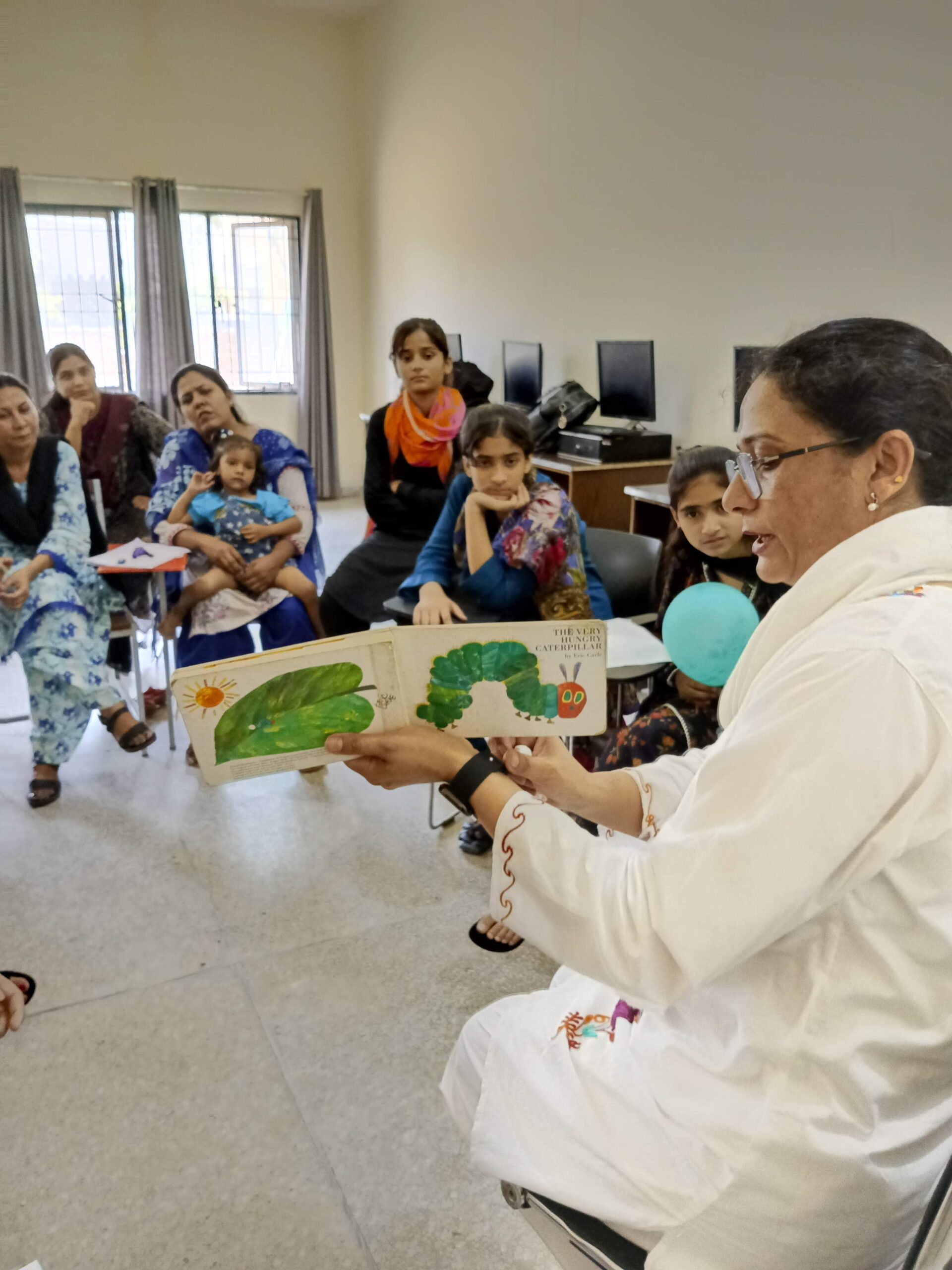Transforming Teaching Through the Power of Storytelling

Transforming Teaching Through the Power of Storytelling
At the center of every memorable lesson lies a story waiting to be told. Imagine a classroom where the students’ eyes sparkle with curiosity, where every word spoken by the teacher paints vivid images in young minds, and where learning feels like an enchanting journey rather than a mundane chore. Students eagerly anticipate the next chapter, the next twist in the tale, and in doing so, they develop a lifelong love for learning. This is the magic of storytelling in education.
 Imagine a lesson on the water cycle. One approach is to list the stages: evaporation, condensation, precipitation, and collection. But now, imagine introducing the water cycle through the eyes of a single water droplet named Dewey. Dewey embarks on a thrilling adventure from the ocean to the sky, and back to the earth. Through Dewey’s journey, students not only learn the scientific process but also develop empathy and curiosity. They imagine themselves as Dewey, feeling the warmth of the sun and the chill of the clouds. This emotional engagement makes the lesson come alive.
Imagine a lesson on the water cycle. One approach is to list the stages: evaporation, condensation, precipitation, and collection. But now, imagine introducing the water cycle through the eyes of a single water droplet named Dewey. Dewey embarks on a thrilling adventure from the ocean to the sky, and back to the earth. Through Dewey’s journey, students not only learn the scientific process but also develop empathy and curiosity. They imagine themselves as Dewey, feeling the warmth of the sun and the chill of the clouds. This emotional engagement makes the lesson come alive.
The impact of storytelling in education extends far beyond the classroom. Students who learn through stories develop critical thinking skills, creativity, and emotional intelligence. They carry these skills with them into the world, becoming not just knowledgeable individuals, but also compassionate and imaginative thinkers.
In our efforts to improve the quality of education for our students, we are training our teachers to wield the power of stories. As they become master storytellers, they weave wisdom into every lesson, elevating the educational experience for the students. Through stories, we are empowering our teachers to make their lessons more engaging and therefore more impactful.
Dua Javed
